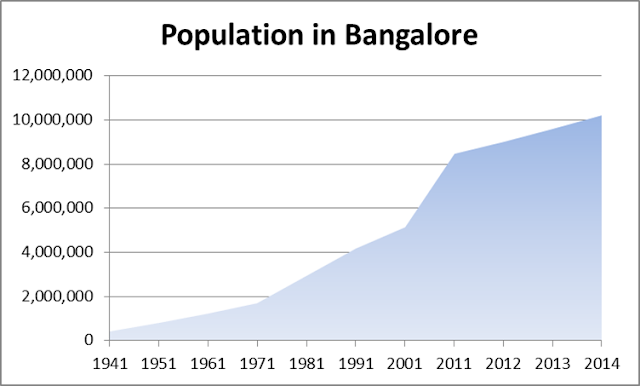Do you know
why iPhone sales did top out last quarter? Apple said look at China. Do you
know why Jaguar and Land Rower sales have dropped affecting our Tata Motors,
the owners of the brand? Look at China. Why copper and iron ore prices are low
and who has stopped buying? China. Who would be responsible for steel dumping
in India? Why global trade is shrinking? Where are the big bad loans in the
world? This can go on.
China was a
driver of global economic growth and now has become a drag. Its currency is off
the hook. Capital flows are reversing. Their forex reserve has come down by almost a trillion USD. Growth is steadily dropping. Dragon is wounded and bleeding.
Probably this should have happened a couple of years ago. But China’s central
bank and the Govt. decided against it. They tweaked many policies for a soft
landing. But it appears like they were not entirely successful as their economy
seems to be touching the ground hard and crushing many before they can steer it
from export driven economy into a consumption based economy.
If other
regions of the globe were doing well, China would have turned this around
smoothly. But US Fed wants to restore normalcy after providing easy money for
years that has triggered the reversal of capital flow from emerging countries. Thanks
to China’s huge forex reserves. It sold off around a quarter of it to pay for
these reverse flows. But the investment void cannot be filled easily. China’s
debt is already high. To keep its economic growth, it built roads to ghost
towns. And money is not returning from those projects. They have potential to
end up as bad loans which will make the economy suffer for long times to come.
In a highly
connected world, China can impact the global trade hugely. It can hurt the
sales of US phone maker which in turn can take the chip makers in Taiwan and
South Korea down who will further impact the entire supply chain under them.
When China was booming, it created mining barons all over the world. Bellary, a
town in Karnataka came to prominence with the price it received for its iron
ore from China and became home to many political king makers but soon lost its
shine when the iron ore prices dropped with reducing demand in China. Be it
technology or metal commodities, China was an important end market. As its
appetite is lost, it is hurting global trade. India’s growth or US becoming a
steady economy is not helping to offset the lost sales in China. So along with
China, everyone else is revising down their growth numbers.
In 2015, oil
producing countries were biggest losers with a sharp drop in crude oil price.
But it benefited other economies by bringing the inflation down. When China
loses, no one gains significantly. Probably some jobs will move back to US and
China’s neighbors would tear away some of the growth towards them. But that
does not take global GDP up. Global markets had a bad start in 2016 and the
trend is likely to continue for some more time in this year.
If you think
otherwise that there is no problem with the world economy, which country do you
think will drive growth and why?




